Ash 39 Card: May 2012
The Inspiration: the Konami ASH II Game
| I was looking around the Konami game site for an image that might be appropriate for someone working for Konami, and came upon an iPhone/iPad role-playing game called "ASH II." I practically fell over. |


The Cutting Plan
| Tracing paper was placed over a 150% grayscale copy of the face image. Lines were traced to delineate areas that would be considered white (card) or black (cut out), being careful to make changes in the pattern where absolutely necessary to prevent isolating white pieces from connection to the sides, so that they would not fall out. The process was like trying to follow a complicated maze. The sections to be cut out were pencil-shaded to make clear in the intricate areas exactly what was going on. (Click on the cutting plan for a larger image.) |
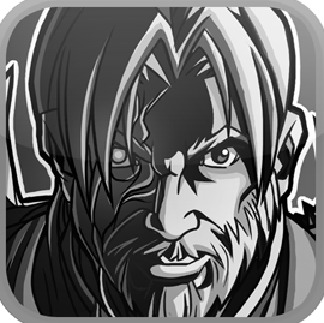
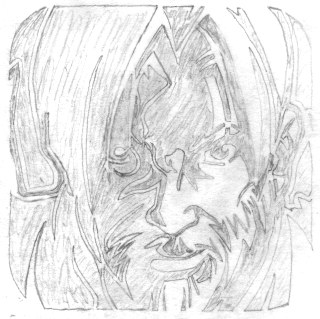
The Cutting
| The tracing paper was then taped to a sheet of paper that already had a black/white copy of the face, and a photocopy was made of this. The black/white copy acted as a constant reminder of what was what, given the rather messy tracing-paper image. The cutting plan part of this sheet was then taped over the 100-lb bristol board card, and an Exacto knife was used to make the cuts. The picture on the left shows the shredded cutting plan and the pieces that were cut out. On the right is a close-up photo of the shredded cutting plan. Click on it for a larger version -- just a little scary. |
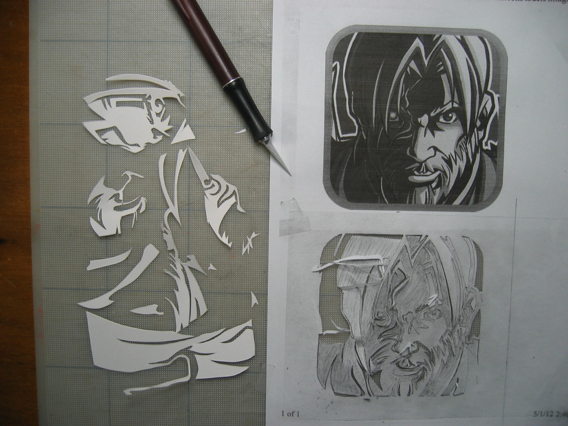
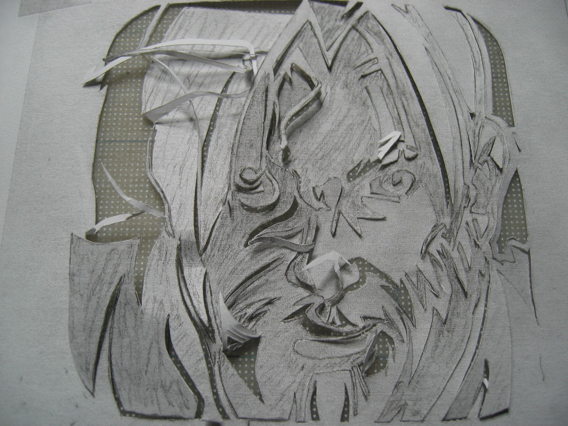
The Card Structure
I think this card is the most complex structure I've tried. It is designed to display the face in either black/white or its original colors. Its components are:
|
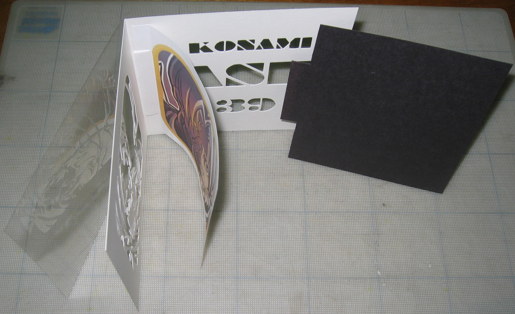
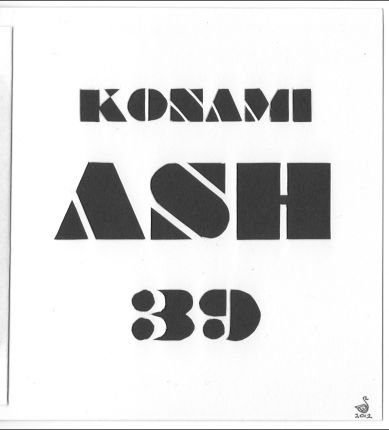
The Card Face
| Here are photocopies of the black/white and color versions of the face of the card, with the original for comparison. My color copier leaves something to be desired... | ||
 |
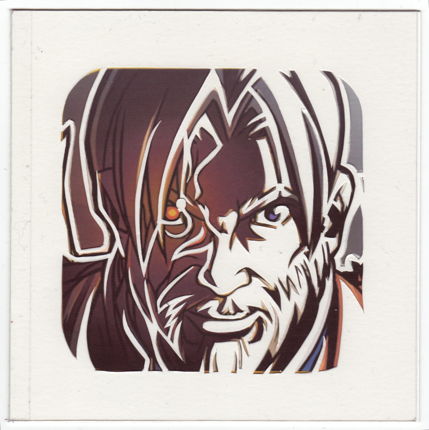 |
 |